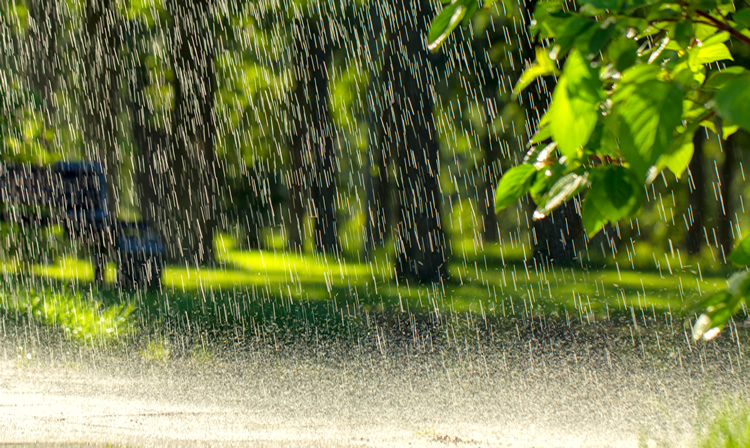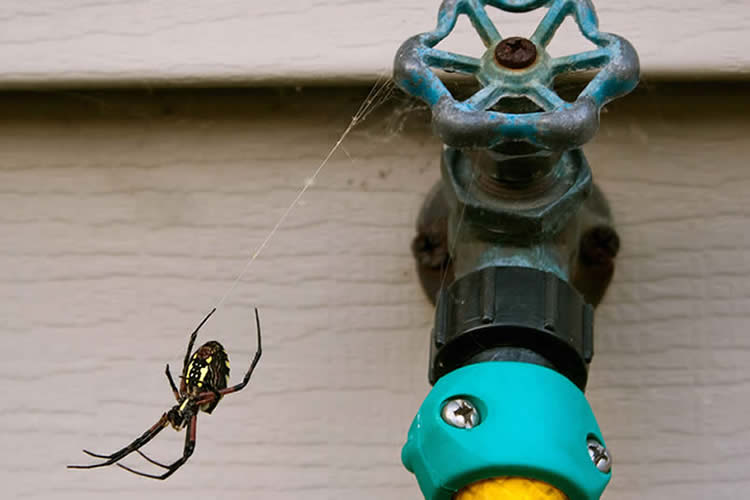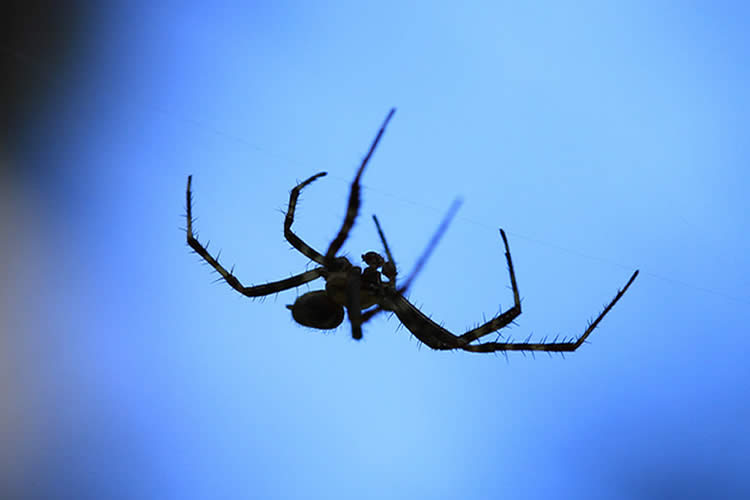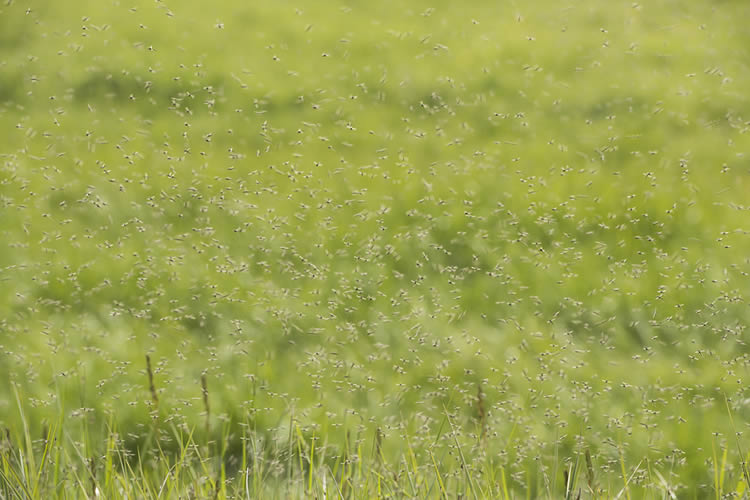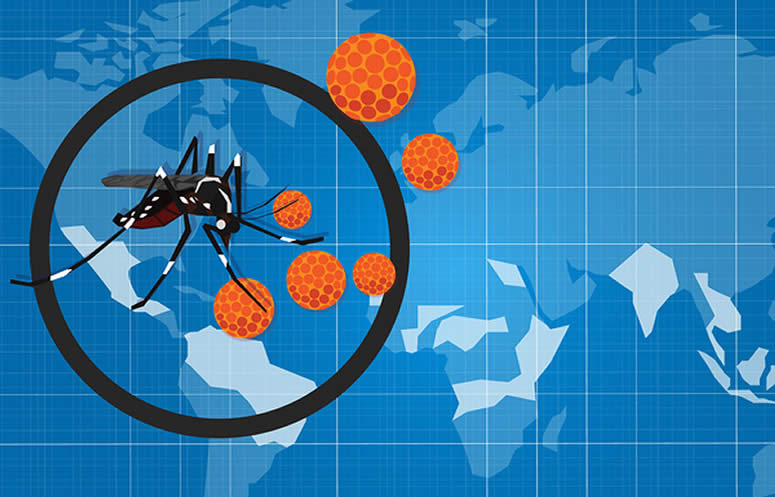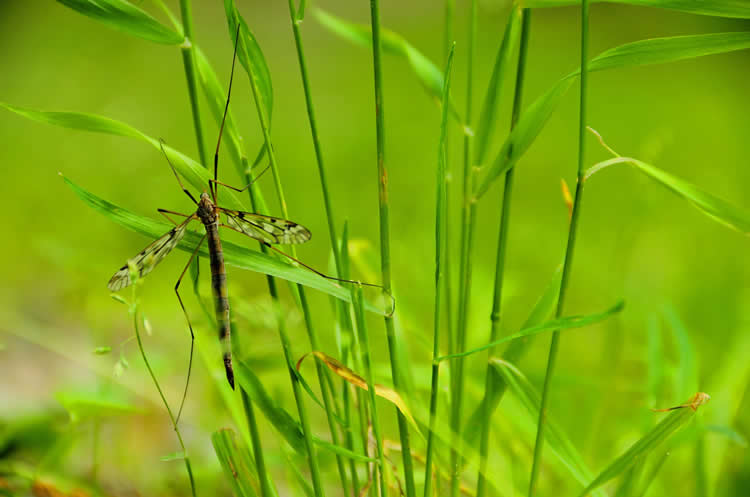Whether its mosquitoes, spiders, ants, or bed bugs, nobody wants to see pests in their home. We all seem to have a collective hatred of the little intruders — and for good reason. Pests can destroy our homes, wreak havoc on our health, and make outdoor activities unbearable. Not only that, they’re creepy! There are some renters who worry if they have insurance, does renters insurance cover bed bugs?
Why Is Pest Control Important?
Pest control is not just for our comfort. With more than 18,000 pest control companies serving the public in the U.S., pest elimination and control actually increases the standard of living for everyone. Pest control is a matter of personal health and safety as well as public health and safety.
Pest Control Stops the Spread of Diseases
If the only thing pests did is to creep us out at the sight of them, we may not feel such an urgent need to control pests in our homes and businesses. (Okay, some people still would. That creepy feeling is enough to cause some serious elimination action.) But along with being gross and icky, pests can cause serious health problems, infecting our food, poisoning our bodies, transferring diseases, and more.
Cockroaches(some of the filthiest insects in existence, by the way) carry millions of pathogens and bacterial cells. Millions! They carry allergens that almost 10% of the population are affected by. On top of that, they carry salmonella, molds, and other harmful microorganisms. And these disgusting creatures can be found in our kitchens and even in our food. When people eat food that’s already been handled by a cockroach, they can experience diarrhea and other illnesses.
We all know that mosquitoes carry dangerous, and even deadly, diseases like malaria, dengue, West Nile virus, and theZika virus. Ticks can transfer Lyme Disease, which can be debilitating for the rest of a person’s life.
Stinging insects can cause quite a bit of pain, and for more than 2 million Americans who have allergic reactions, they can cause hospitalization or even death. In fact, half a million people are admitted to the emergency room each year because of insect bites and stings.
And then there are the rodents, which carry diseases that are transmittable to humans like rat bite fever and salmonella. Plus, they also carry of fleas, ticks, and mites — which carry their own set of diseases. Statistically,most of the reported rat bites each year occur in homes while people are sleeping. Sadly enough, it’s the faces, arms, and fingers of children under 5 that are bitten the most.
Pest Control Helps Protect You
Pests don’t only destroy health. They also destroy homes. And the sneaky little devils often destroy homes from the inside out. For example, termites can busily chomp away at the insides of your home for years while you carry on with your life. Meanwhile, while they’re left free to their own devices, they also multiply like crazy and develop into an enormous colony that becomes more and more difficult to exterminate by the week. This is definitely when you know that it’s time to call in the professionals like Adam’s Pest Control, Inc., if you’re in Minneapolis.
In fact, termites and similar pests cause an estimated $30 billion in damage to structures and crops each year in the United States. And if your home is one that’s been targeted by termites, you can expect to spend $3,000 or more to repair the damage.
And then there are bed bugs that bite you while you sleep. Extremely difficult to get rid of, bed bugs infest and destroy furniture, carpet, and more. Once infested, many people end up having to replace expensive items.
Don’t forget the risk of fire either. Rodents quietly go about their business, chewing on different things throughout your house including wires and flammable items. It’s not enough that they’re simply disgusting, rodents are also a major fire hazard.
Pest Control Provides Comfort
Swatting mosquitoes out of your face, waking up each morning with fresh bed bug bites, and feeling squeamish about the mouse you just saw scurrying across your kitchen floor is the complete opposite of comfort.
When you have good pest control in place, you don’t have to think about bugs and rodents when you’re at home. You don’t have to worry that when you lay your baby down on the carpet, a spider may find its way over to take a bite at that perfect baby skin. You don’t have to feel itchy from flea bites, and you don’t have to brace yourself before you open your pantry, worried you’re about to see a line of ants.
When pest control is in place, you don’t even have to think about how you’re not thinking about pests. It completely eliminates worry and allows you to be comfortable in your own home.
Pest Control Protects The Value of Your Home
Whether you intend to stay in your home for years, or you’re hoping to one day sell, it’s important to keep the value of your home as high as possible. But when you experiencetermitedamage, electrical damage, or any other pest issues in your home, the value of your home will often go down. Taking care of the problem will help maintain most of the value, but it’s far better to keep the value up with pest control that prevents huge problems from ever occurring.
And if you own a business, it’s crucial to keep its value up as well. If the public finds out about a pest problem in your business, your business’s reputation could be destroyed. People have long memories when pests are involved.
Pests Are Often a Bigger Problem Than You Realize
Unfortunately, pests are very quiet and sneaky by nature. Their small size and quiet movement makes it possible for them to enter your home through tiny holes you may not even notice. And once they’re in, they’re in. They find quiet, hidden corners of your home to set up house – creating nests, webs, and adding other buggy homemaking touches.
Also, pests typically aren’t alone. One cockroach found in your kitchen almost always means there are plenty more hidden somewhere else. One bed bug is never one bed bug. It’s a sign of an entire colony.
And don’t forget how quickly pests can reproduce. Insects lay eggs and rapidly create generations of bugs that call your home their first home. Eliminating one or two cockroaches will not take care of your problem. You need agood pest control companyto find the source of your pest problem and stop it at the source.
Should You DIY?
Typically, pest control does not lend itself well to do-it-yourself projects. Pests are best exterminated through scientific methods, strong solutions, careful observation, and thorough monitoring. Most people simply don’t have the training to do this on their own. Even when you think you’ve eliminated pests, they could still be reproducing quietly somewhere else in your home.
Barefoot Mosquito & Pest Control is an expert when it comes to determining the real reasons pests are on your property. We will get to the source of the problem and quickly eliminate pests from your property with our effective and affordable pest control solutions. Give us a call today or request a quote online!

